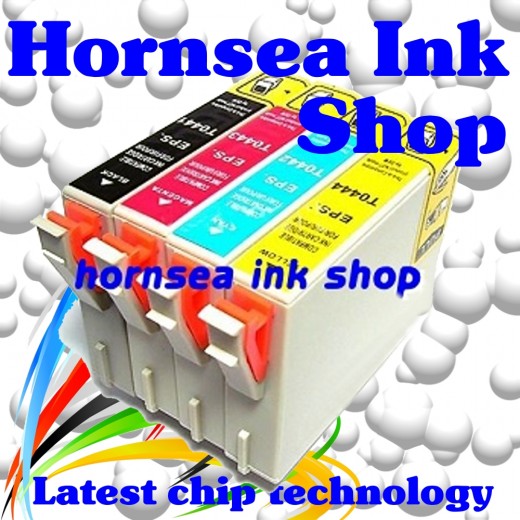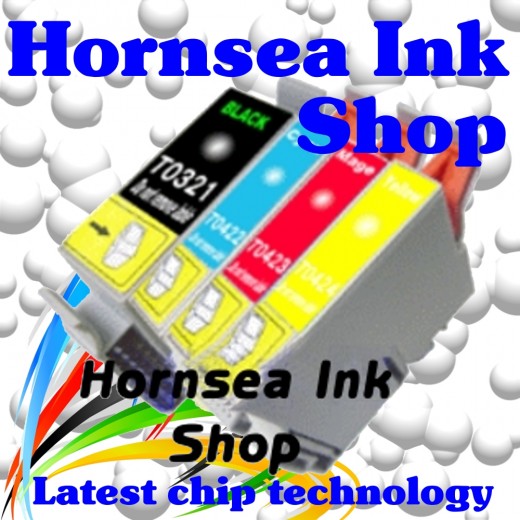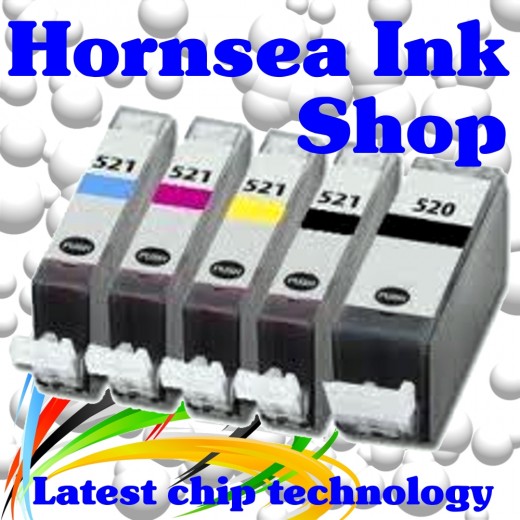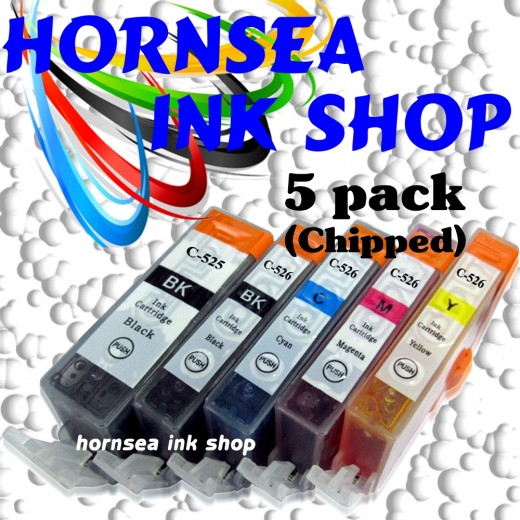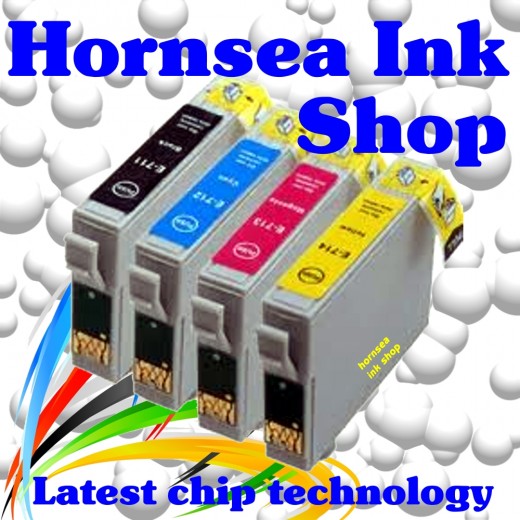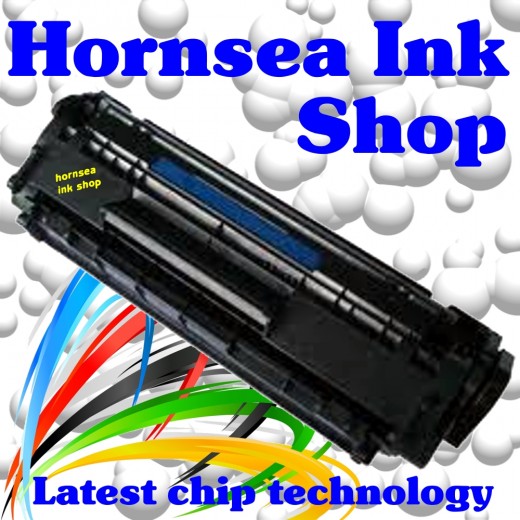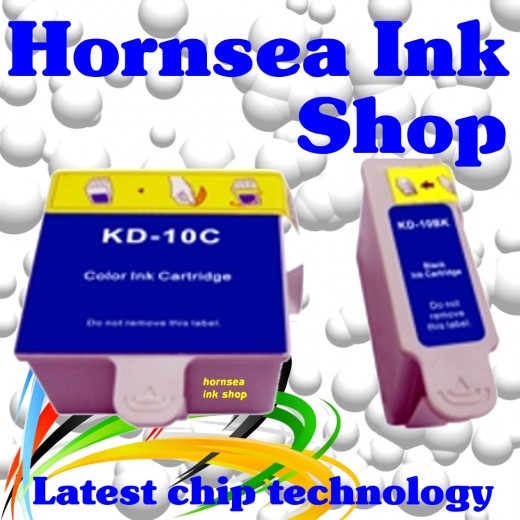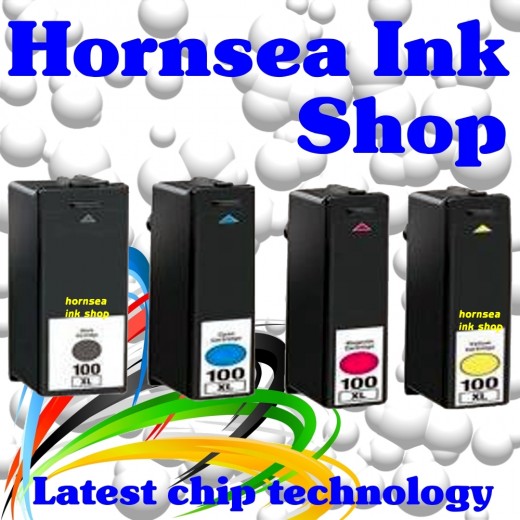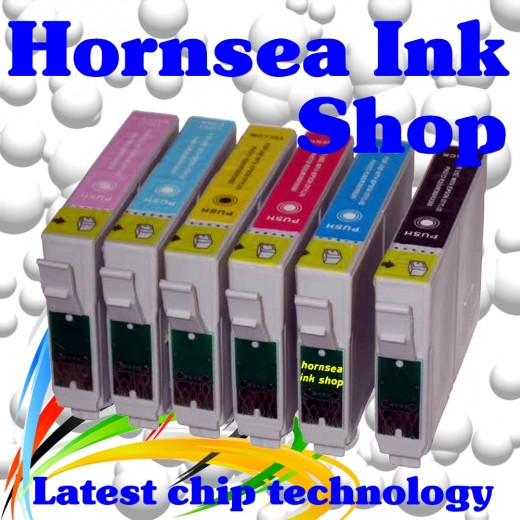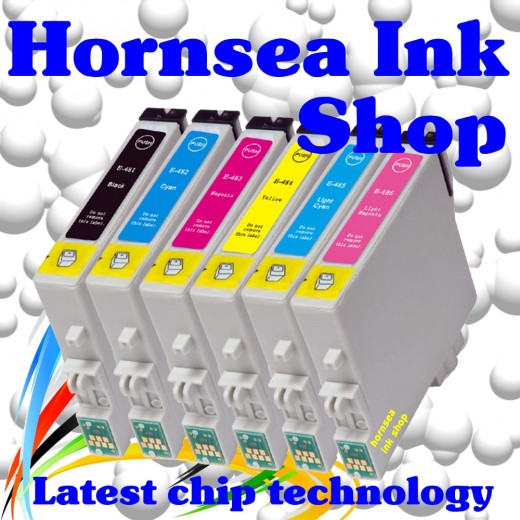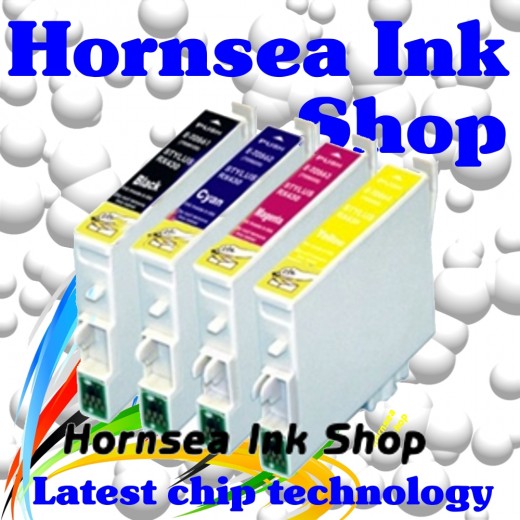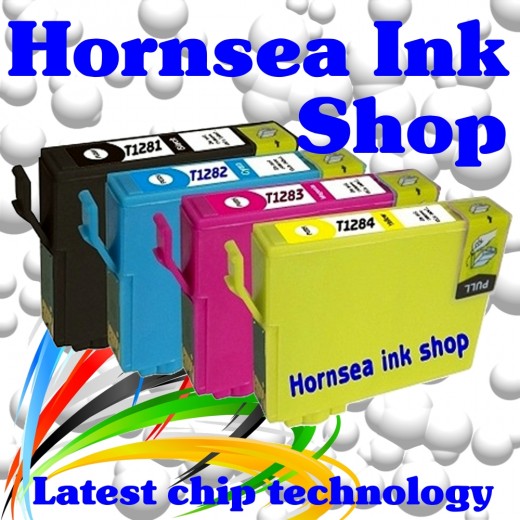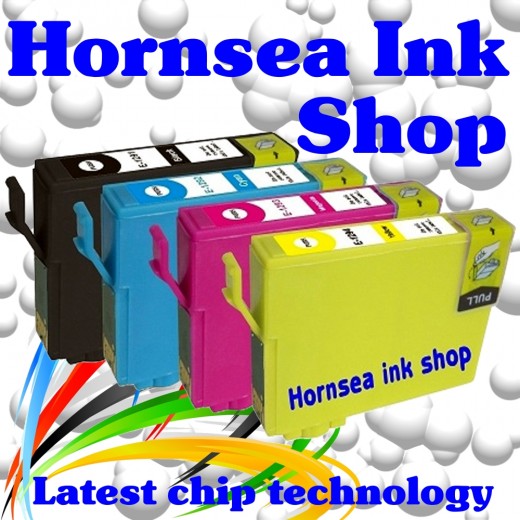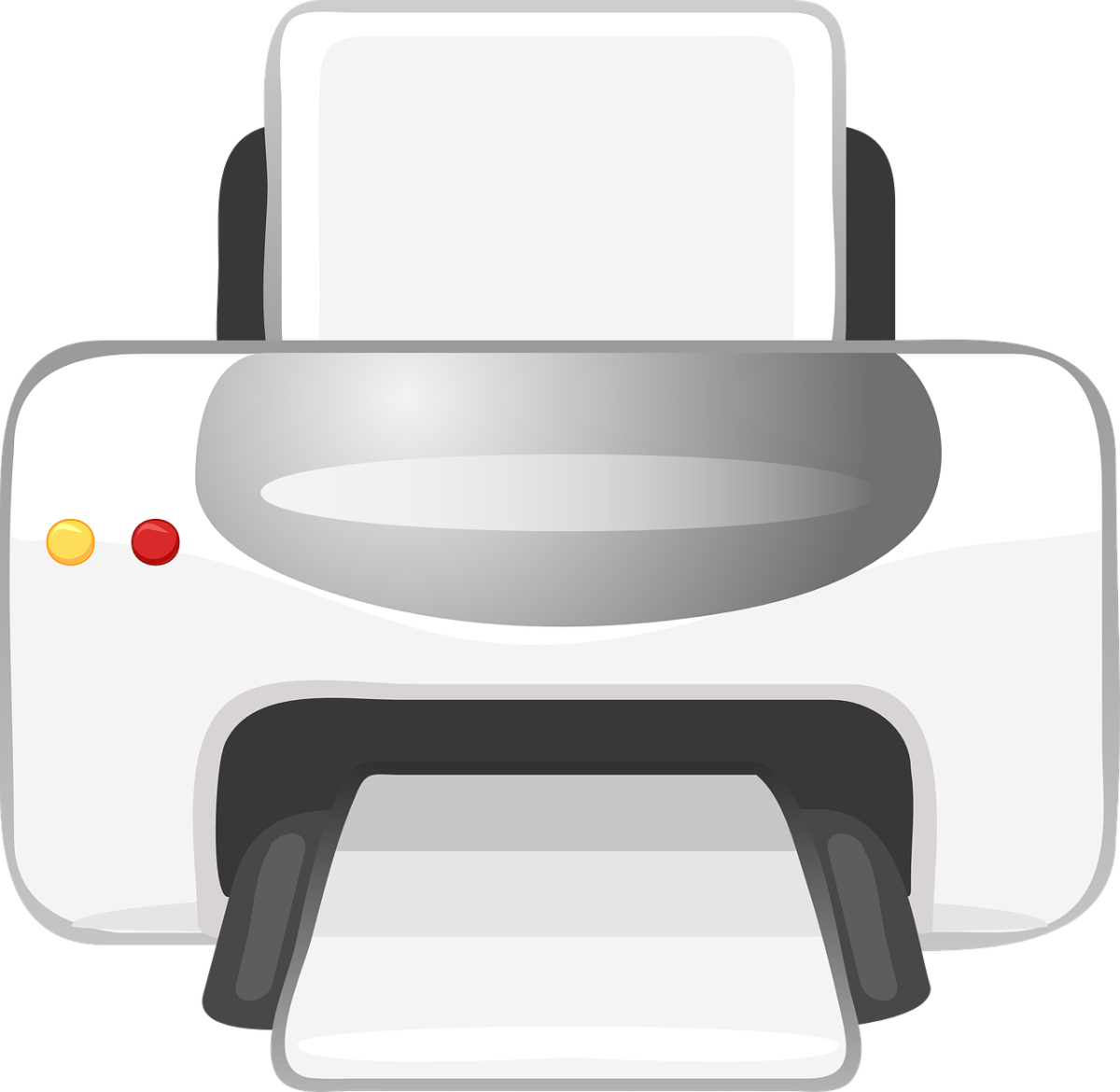Ink Cartridge rip off
Ink Cartridge rip off.
Given that I copied this post from my personnel blog page I am informed by Hubpages that it was substantially similar to an article written elsewhere. "It was" and they removed it. Anyhow, after a major re-draft I think I have captured what I wanted to say. I also want to be very clear in that by sharing my knowledge of ink cartridges I am hoping that people will visit my shop at hornseaink.com
So whats the difference?
The fist point to be made, must be that home and business printing use two very distinct and massively different formats. The first and arguably the most popular being toner and laser cartridges that are often designed for higher speeds, performance and quality in bulk. This new Hubpage will however remain focused on the ink-jet printer. So what is the problem? Why can't we all just fill our own cartridges? Don't they all use the same ink? Can't we just drill a hole and squirt some ink in to the bloody thing and save loads of money? I am sorry to say that the humble ink-jet cartridge is again sub-divided in to separate categories, the first being a "print head" type cartridge. The second being a an "ink tank" type cartridge. Nearly all of the major printer manufacturers use both systems ie HP, Lexmark, Epson, Dell, Brother and many many more.
Cartridges with a built in print head.
The print head type of cartridge is just that, the actual print head is permanently fixed to the cartridge, when you change the cartridge, you change the print head. They also remain the most expensive type of cartridge to buy and the economy of use reflects this cost. For most users who only print 1 or 2 pages or copy a few documents, the quality remains good and the cost is not a major issue (until you need to buy more ink), then the individual cartridges can cost in excess of £40.00 each. Due to the very expensive nature of this type of cartridge they are often worth refilling, Click here. However many manufacturers often argue that refilled cartridges yield poor results, use inferior ink and inevitably results in a very poor performance. In some cases they also claim that the use of refilled cartridges will invalidate any warranty given. However, many would argue that it is perfectly feasible and morally correct to recycle and reuse cartridges whenever possible even when the printer Manufacturer makes every effort to deter such practices. The dirty tricks used by the OEM's often include an inability to re-set page counters ie ink level monitors. In addition many of the leading brands have also introduced low capacity, moderate yield and light user versions of their cartridge. So what does that mean? Well believe it or not, the manufacturer actually builds in an extra hidden plastic wall inside the cartridge, this then reduces the volume of ink that can be added. You then get to buy a smaller volume of ink and a few extra chambers of air. As an engineer by trade, I can confirm that this system in itself costs more money, it uses more plastic and requires additional moulds to be made? Yes, they spend more to give you less..! In times gone by, the local butcher was often known to add a lead weight or a penny to the scales so he could charge more for your purchase. This is why weights and measures was introduced in the UK. Clearly defined weights and accurate scales have stamped out this corrupt practice. Or has it? I guess the new printer cartridge manufacturers have taken a very old trick and applied ambiguity and new science to increase sales, by charging more money for less ink and branding it as "low user" at a slightly reduced capacity they are getting away with selling fresh air!. But then again if they gave you more ink, you would not go to your local shop as often and you would get less exercise, thanks guys, great idea, global weight loss for the customer.
Background info
Some years ago, "Friends of the Earth" issued a clear warning in respect of the refilling market. They claimed that the industry and its associated benefits of print cartridge recycling would be wiped out unless the Government took steps to include them in the new EU waste laws. All modern print cartridges contain micro-chips which "estimate" the amount of ink left in them. However, many OEM manufacturers have started to insert a new type of 'killer chip' which in effect prevents refilling, in other words you get to use your cartridge "once" and "once" only. If you or a third party attempt to refill that cartridge it will work mechanically, ie the ink will come through but when the cartridge is reinserted to the machine, the printer will recognise that it has been used once and it will be rejected. Outcome being the customer gets more exorcise walking to the shop!
Ink Tank type.
Unlike the print head type this form of cartridge simply holds a volume of ink. The print head remains fixed to the printer (it is also often inaccessible for maintenance). The ink tanks are often supplied in sets of 4 ie Black, cyan, magenta and Yellow. The significant advantage of this system being that if an individual colour drains you only have to replace one cartridge. This can lead to even lower running costs, sounds good! Hmmm..once again the OEM gets to include a "killer" chip that identifies the cartridge type, the ink volume contained within it and the date it was inserted. The smart chip cannot be re-set and each chip can recognise and prevent the insertion of compatible ink. In other words you have to use the OEM cartridges or lose your warranty, in addition the ink monitor on your original print cartridges "can only estimate ink levels". So how does that work? Its easy, the printer counts how many pages you print, it estimates at a rate of 5% coverage and it tells you when you have used all of your ink. "wrong" if you print approx 200 "BLANK pages in many printers, the machine will still "guess" that you have used all your ink. Guess what, you throw away a full cartridge that is full of of ink and that you have walked to the shops to buy, having been charged for an empty chamber of fresh air.
So whats the answer.
Well, I hate to admit this fact but many suppliers of compatible ink cartridges also use the "underhand tactics" of the major suppliers. They advertise "high capacity ink" and compare their product to the original (its not hard to do). In other words an Epson Original T0711 contains 7ml of ink. Many ink suppliers will sell their "high Capacity" cartridge that has 11ml of ink at low prices and they are not breaking any laws. That sounds great, an extra 4ml of ink at a fraction of the cost. Sorry to say that in reality, not all compatoible cartriodges are the same. In my local area I have found Epson Originals at 7ml, 1 shop selling compatible at 11ml, another at 13ml and a third at 15ml. The Hornsea Ink Shop. however only uses 19ml, so the answer must be "ask" your supplier to be specific about the volume of ink you are buying. Don't be fobbed off by fancy terms like "ultra high capciaty" and PAY for What you get.
OK back later with more moans about ink















